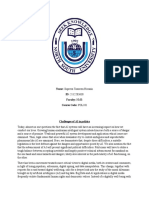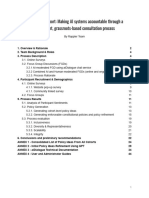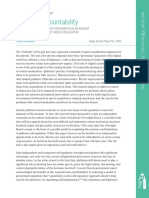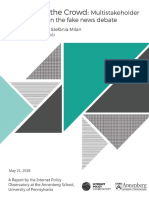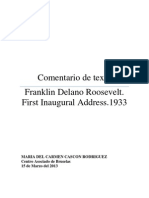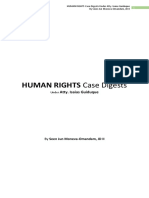0% found this document useful (0 votes)
6 views1 pageProblem Question
A new policy in a democratic nation aims to regulate digital platforms and public spaces to promote civic harmony and urban innovation. It imposes restrictions on public gatherings and moderates online content to curb misinformation, but faces criticism for potentially undermining democratic principles and disproportionately affecting marginalized voices. The situation escalates with unapproved protests leading to arrests, prompting a judicial challenge on the balance between maintaining order and upholding free expression.
Uploaded by
ahsanmohd2260Copyright
© © All Rights Reserved
We take content rights seriously. If you suspect this is your content, claim it here.
Available Formats
Download as DOCX, PDF, TXT or read online on Scribd
0% found this document useful (0 votes)
6 views1 pageProblem Question
A new policy in a democratic nation aims to regulate digital platforms and public spaces to promote civic harmony and urban innovation. It imposes restrictions on public gatherings and moderates online content to curb misinformation, but faces criticism for potentially undermining democratic principles and disproportionately affecting marginalized voices. The situation escalates with unapproved protests leading to arrests, prompting a judicial challenge on the balance between maintaining order and upholding free expression.
Uploaded by
ahsanmohd2260Copyright
© © All Rights Reserved
We take content rights seriously. If you suspect this is your content, claim it here.
Available Formats
Download as DOCX, PDF, TXT or read online on Scribd
/ 1

